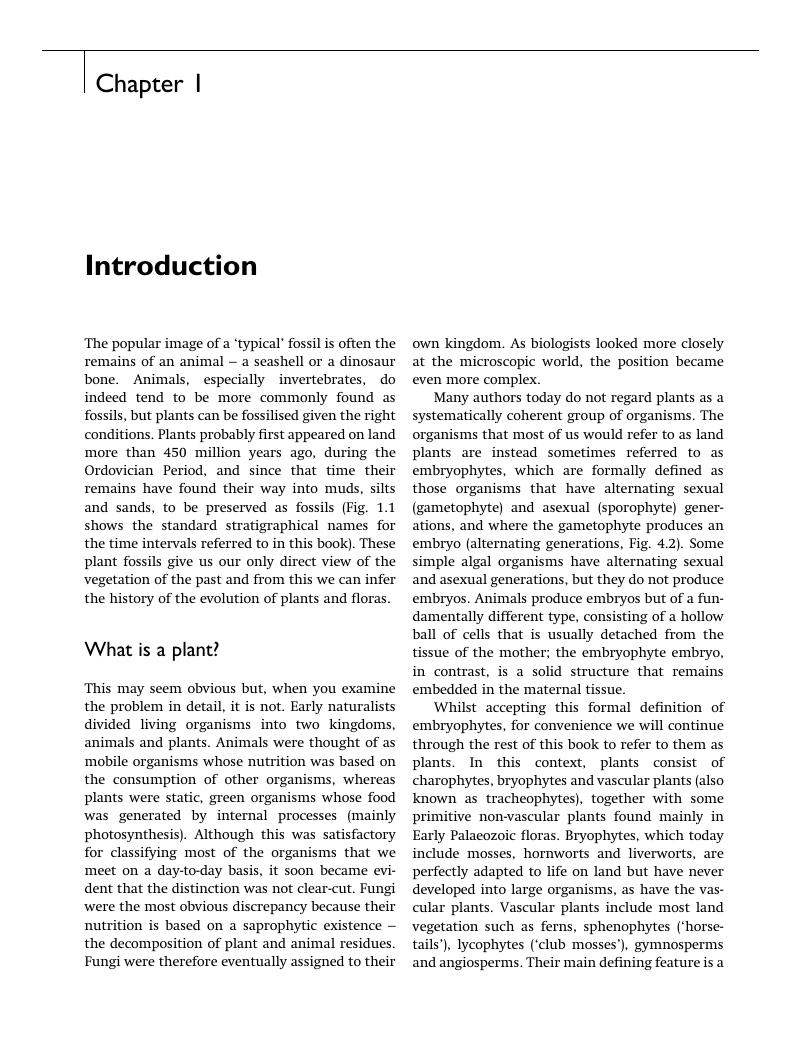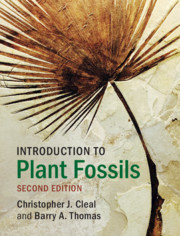Book contents
- Introduction to Plant Fossils
- Introduction to Plant Fossils
- Copyright page
- Contents
- Preface
- Chapter 1 Introduction
- Chapter 2 Highlights of palaeobotanical study
- Chapter 3 Studying plant fossils
- Chapter 4 Early land plants
- Chapter 5 Lycophytes
- Chapter 6 Sphenophytes
- Chapter 7 Ferns
- Chapter 8 Early gymnosperms
- Chapter 9 Modern gymnosperms
- Chapter 10 Angiosperms
- Chapter 11 The history of land vegetation
- References
- Index
- Plate Section (PDF Only)
Chapter 1 - Introduction
Published online by Cambridge University Press: 28 June 2019
- Introduction to Plant Fossils
- Introduction to Plant Fossils
- Copyright page
- Contents
- Preface
- Chapter 1 Introduction
- Chapter 2 Highlights of palaeobotanical study
- Chapter 3 Studying plant fossils
- Chapter 4 Early land plants
- Chapter 5 Lycophytes
- Chapter 6 Sphenophytes
- Chapter 7 Ferns
- Chapter 8 Early gymnosperms
- Chapter 9 Modern gymnosperms
- Chapter 10 Angiosperms
- Chapter 11 The history of land vegetation
- References
- Index
- Plate Section (PDF Only)
Summary

- Type
- Chapter
- Information
- Introduction to Plant Fossils , pp. 1 - 13Publisher: Cambridge University PressPrint publication year: 2019

